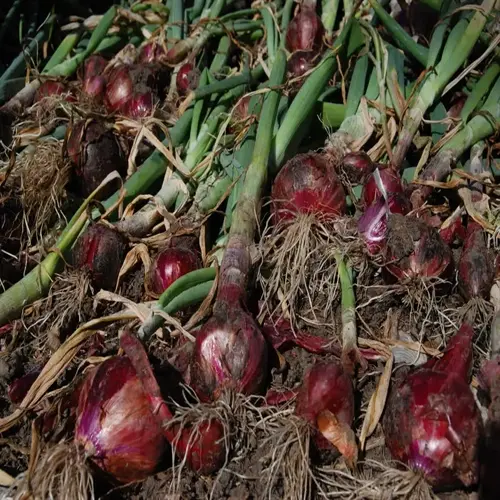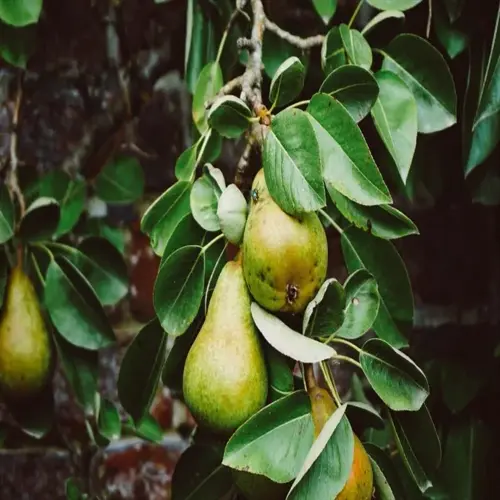What are bad companion plants for zucchini?

Written by
Julia Anderson
Reviewed by
Prof. Charles Hartman, Ph.D.Selecting the incompatible companion plants for zucchini often results in reduced growth and pest issues. Bad companions compete intensely for water, nutrients, and sunlight, while also attracting common pests. I have seen zucchini harvests decline by 40% just because they were near potatoes or other incompatible crops.
Heavy Feeders
- Potatoes: Compete intensely for phosphorus and potassium
- Pumpkins: Spread squash vine borers to zucchini plants
- Other squash varieties: Cross-pollinate reducing fruit quality
Pest Magnets
- Cucumbers: Attract cucumber beetles that target zucchini
- Melons: Share squash bug infestations across plants
- Fennel: Secretes root chemicals inhibiting zucchini growth
When zucchinis have bad companions, there are clear symptoms to look for. Yellowing leaves indicate competition for nutrients between plants, and stunted growth suggests limited root space. Pest damage can be detected by the presence of holes in the leaves and wilting vines. I keep incompatible plants at least 10 feet apart to fix this problem.
Substitute problematic plants with good companions. Nasturtiums make incredibly effective living pest barriers since they repel squash bugs and beetles. Basil pairs well with zucchini, adding flavor and repelling flies. Marigolds decrease nematodes in the soil. These companion plants establish a semi-symbiotic relationship without competing for resources.
Utilize vertical separation when space is limited. For example, grow pole beans on trellises behind the zucchini to provide nitrogen without competing for root space. Use container gardening for herbs, such as oregano, which repel pests. This layering effectively uses limited garden space.
Change the location of your zucchini every year to break pest cycles. Do not plant in the same spot more than two years in a row. After growing zucchini, plant nitrogen-fixing beans or pest-repelling onions. This helps preserve soil health while reducing the likelihood of diseases spreading from one season to the next.
Read the full article: When to Harvest Zucchini: Ultimate Guide

